AquaStar 125BS is a water heater that provides continuous hot water with a fast recovery rate, ensuring you never run out of hot water. It is equipped with a power vent kit that allows for flexible venting options, making it suitable for various installation scenarios. The linear spillage sensing switch ensures safety by shutting off the gas supply in case of flue blockage or power venter failure. With its compact design and easy-to-use controls, the AquaStar 125BS offers a reliable and convenient hot water solution for your home.
AquaStar 125BS is a water heater that provides continuous hot water with a fast recovery rate, ensuring you never run out of hot water. It is equipped with a power vent kit that allows for flexible venting options, making it suitable for various installation scenarios. The linear spillage sensing switch ensures safety by shutting off the gas supply in case of flue blockage or power venter failure. With its compact design and easy-to-use controls, the AquaStar 125BS offers a reliable and convenient hot water solution for your home.













-
 1
1
-
 2
2
-
 3
3
-
 4
4
-
 5
5
-
 6
6
-
 7
7
-
 8
8
-
 9
9
-
 10
10
-
 11
11
-
 12
12
-
 13
13
AquaStar 125BS is a water heater that provides continuous hot water with a fast recovery rate, ensuring you never run out of hot water. It is equipped with a power vent kit that allows for flexible venting options, making it suitable for various installation scenarios. The linear spillage sensing switch ensures safety by shutting off the gas supply in case of flue blockage or power venter failure. With its compact design and easy-to-use controls, the AquaStar 125BS offers a reliable and convenient hot water solution for your home.
Ask a question and I''ll find the answer in the document
Finding information in a document is now easier with AI
Related papers
-
Bosch Appliances 125B NGL User manual
-
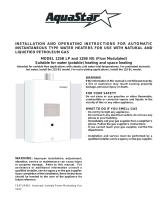 AquaStar 125B NG User manual
AquaStar 125B NG User manual
-
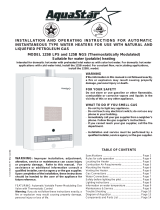 AquaStar 125B LPS User manual
AquaStar 125B LPS User manual
-
Bosch 125B NGL User manual
-
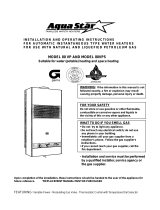 AquaStar Water Heater 80 VP User manual
AquaStar Water Heater 80 VP User manual
-
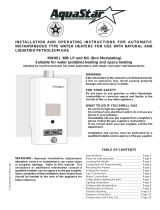 AquaStar 38B NG User manual
AquaStar 38B NG User manual
-
Bosch AquaStar 125FX NG Specification
-
Bosch 125FX LP User manual
-
Bosch AQ4 User manual
-
Husqvarna 125B NG User manual
Other documents
-
Premier Mounts AST-2446/2 Operating instructions
-
Extron SMB 1 Template
-
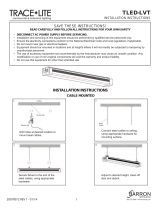 BARRON TLED-LVT Series 2' and 4' Linear Vaportight Installation guide
BARRON TLED-LVT Series 2' and 4' Linear Vaportight Installation guide
-
Grizzly G4223 Owner's manual
-
Bosch Appliances Water Heater 125X LP User manual
-
Montigo PVFCB Power vent control box Operating instructions
-
FIELD CONTROLS HWK-6 Hot Water Heater Kit Installation guide
-
FIELD CONTROLS HWK-7 Hot Water Heater Kit Installation guide
-
Bosch 125B NG User manual
-
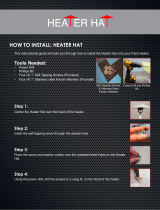 UniTherm HH User manual
UniTherm HH User manual


















